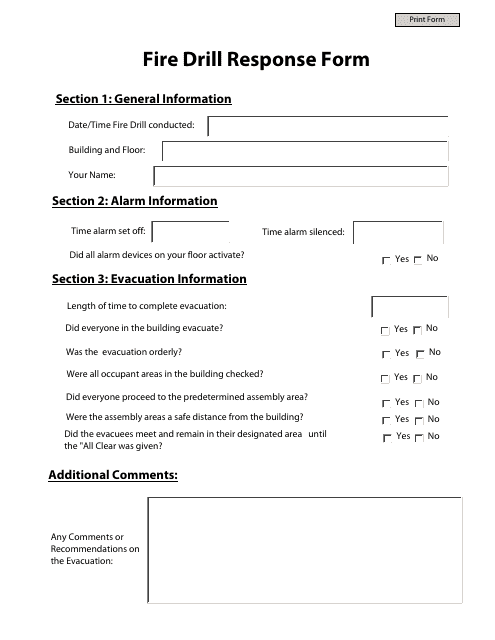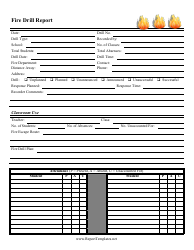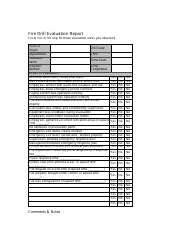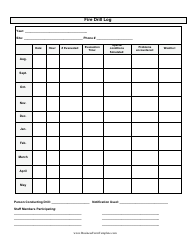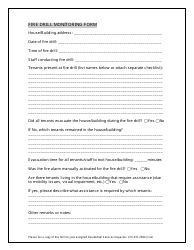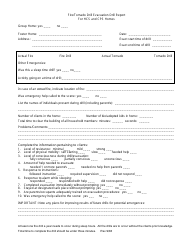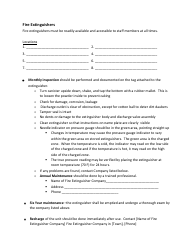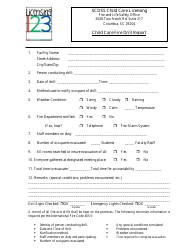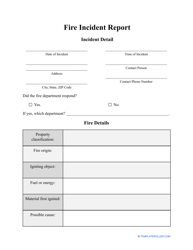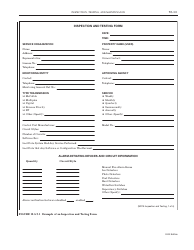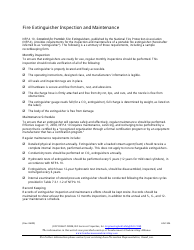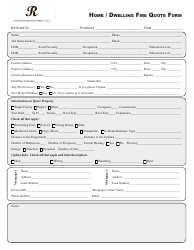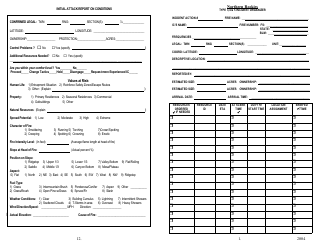Fire Drill Response Form
A Fire Drill Response Form is a document used to record important information and observations during a fire drill. It helps to evaluate the effectiveness of an organization's emergency response procedures and identify areas for improvement.
In most cases, the fire drill response form is typically filed by the designated safety officer or the person responsible for conducting the fire drill. However, it may vary depending on the specific policies and procedures of the organization or establishment.
FAQ
Q: What is a fire drill?
A: A fire drill is a practice exercise to prepare for a real fire emergency.
Q: Why are fire drills important?
A: Fire drills are important to ensure that people know how to evacuate safely in the event of a fire.
Q: Who should participate in a fire drill?
A: Everyone in a building or facility should participate in a fire drill, including employees, visitors, and residents.
Q: What should you do during a fire drill?
A: During a fire drill, you should follow the designated evacuation routes, remain calm, and proceed to the designated safe assembly area.
Q: What should you not do during a fire drill?
A: During a fire drill, you should not use elevators, re-enter the building until it is declared safe, or ignore the alarms.
Q: Who is responsible for conducting fire drills?
A: The building or facility management is responsible for conducting fire drills and ensuring that everyone participates.
Q: How often should fire drills be conducted?
A: Fire drills should be conducted on a regular basis, at least once a year, or as required by local fire codes and regulations.
Q: What should be included in a fire drill response form?
A: A fire drill response form should include the date and time of the drill, the names of participants, and any observations or issues identified during the drill.
Q: Why is it important to document fire drills?
A: Documenting fire drills helps to track compliance, identify areas for improvement, and ensure that necessary actions are taken to enhance fire safety.
